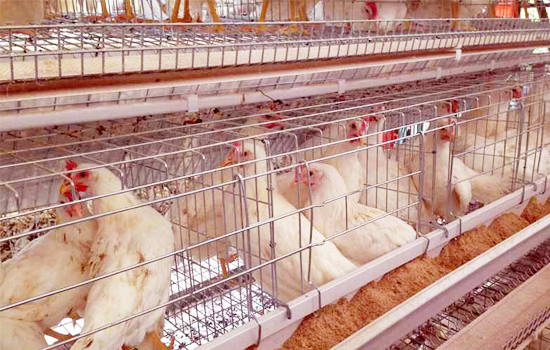What you can't do in the poultry laying hen cages?
- Published in Method of breeding chicken
In order to ensure the egg production performance of the chickens living in the poultry breeding layer cages, farmers must not only find a good breeding method, but also do a good job in normal breeding management. The main function of laying hens is to lay eggs. Farmers may have encountered problems with soft egg shells and small eggs. And the quagmire, let’s talk about some things that can’t be done in poultry battery cages in order to make chickens lay better.
Eggshell calcium supplements. Eggshells are a good calcium-supplementing feed, but they are prone to spoilage and carry bacteria, etc. Ingestion of such eggshells by laying hens can easily cause diseases. Therefore, farmers should pay attention to disinfecting the eggshells when using eggshells to supplement calcium for laying hens.
Sudden change of material. Although the vegetative reproduction period and the brooding period of the laying hens are different, the refueling work of the laying hens needs to be completed before laying, and there must be a certain transition time, and do not suddenly refuel.

Overweight. We need to know that laying hens are not broilers and do not need to be too heavy. Excessive weight of the layer will affect the laying performance of the layer. Fat hens accumulate too much fat in their bodies, which will cause a sharp drop in egg production or stop production.
Lack of calcium and phosphorus. Farmers must pay attention to sufficient calcium and phosphorus during the laying period of laying hens. 3% calcium powder or 5% gypsum powder can be added to the feed, and some charcoal slag or small sand can be added.
The above is the laying hen breeding techniques shared by the supplier of automated poultry raising equipment. I hope that the above content can help you raise chickens better.
